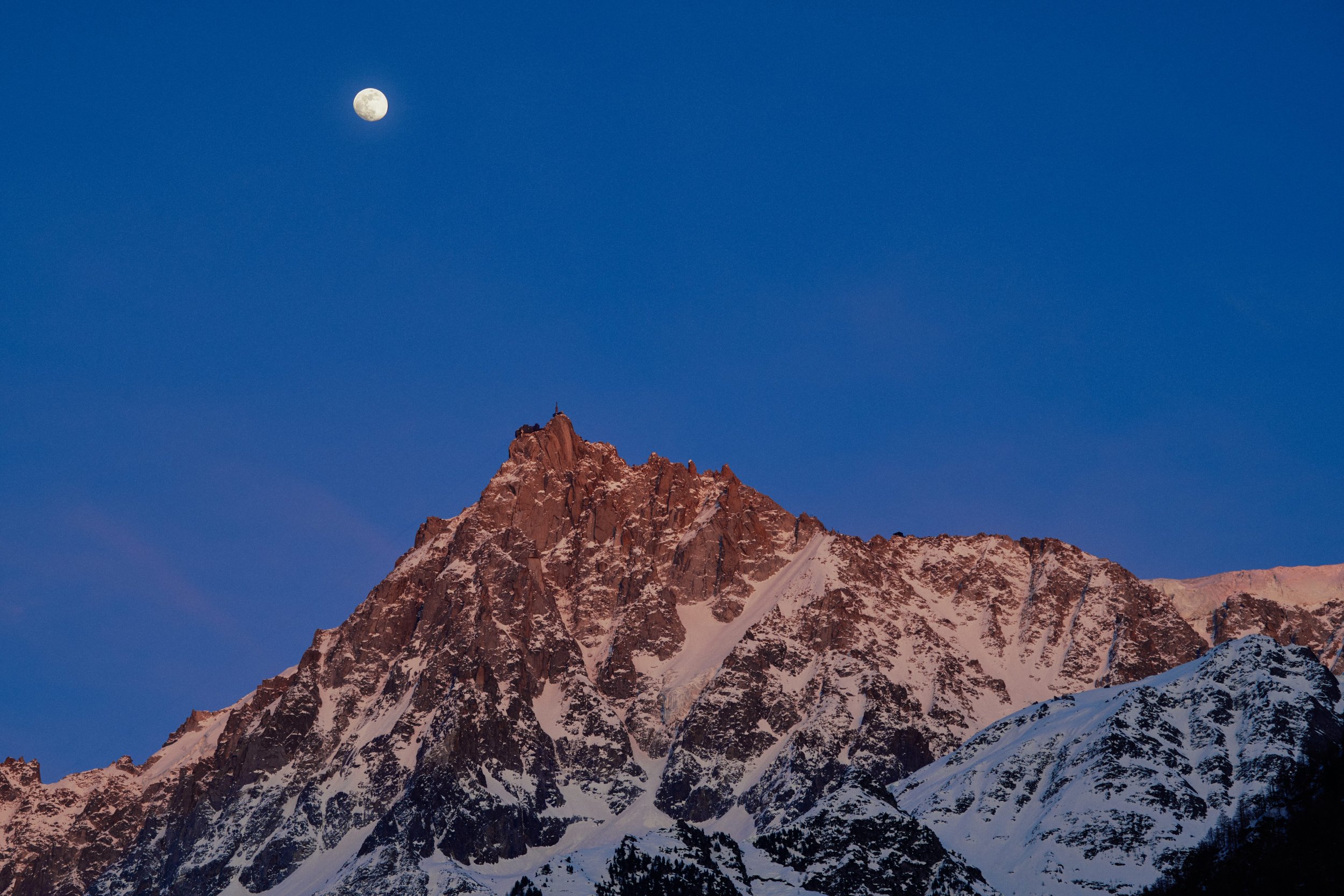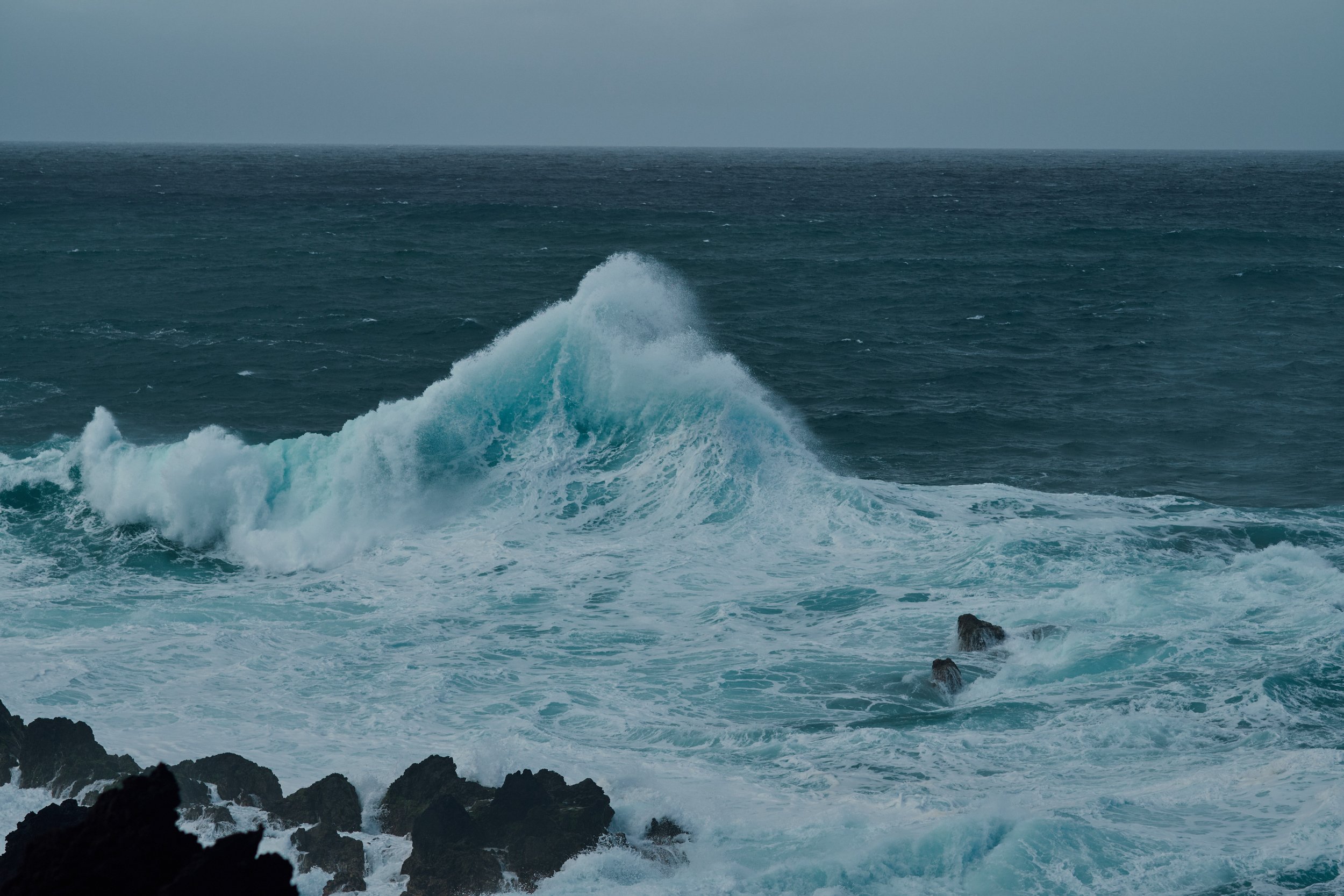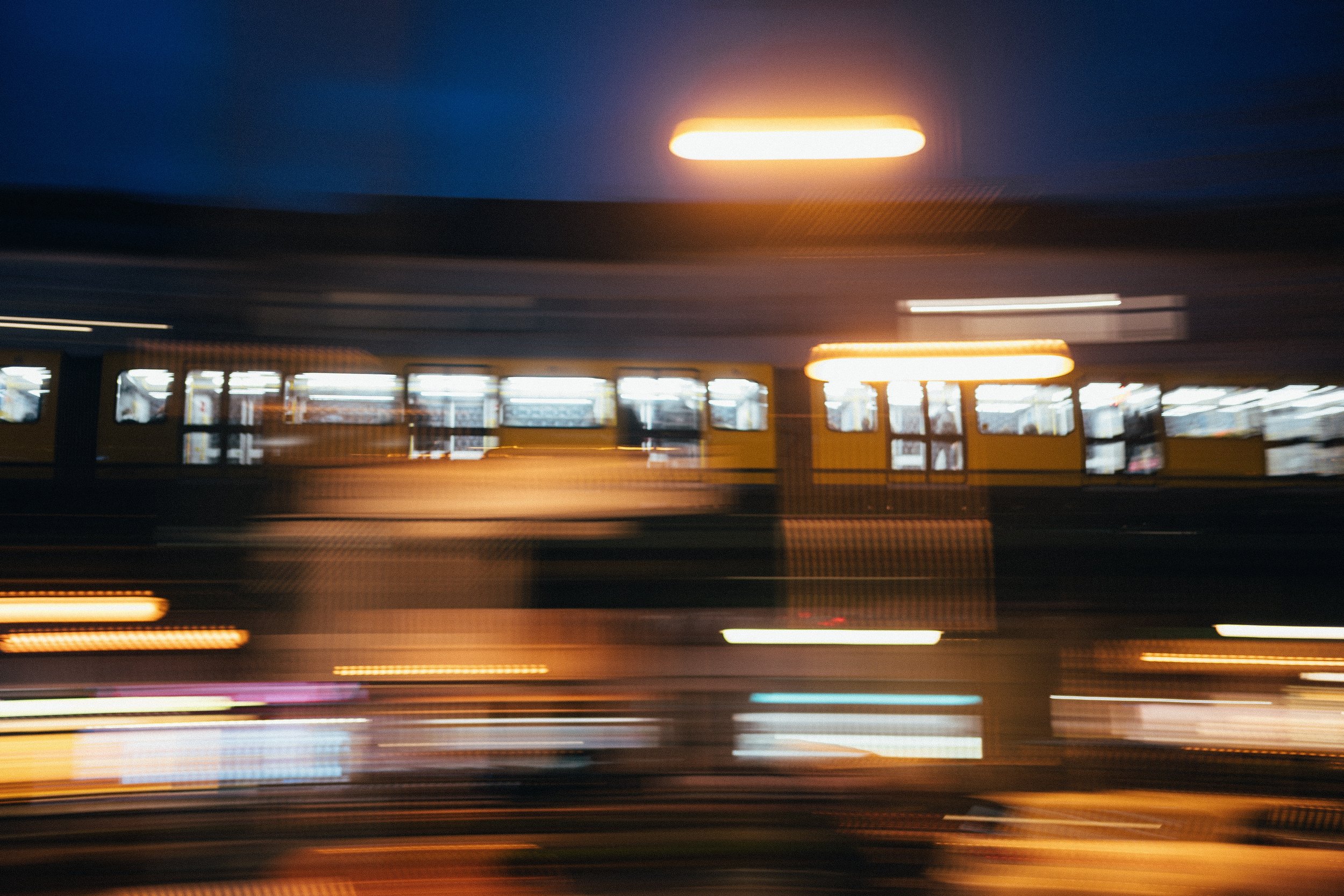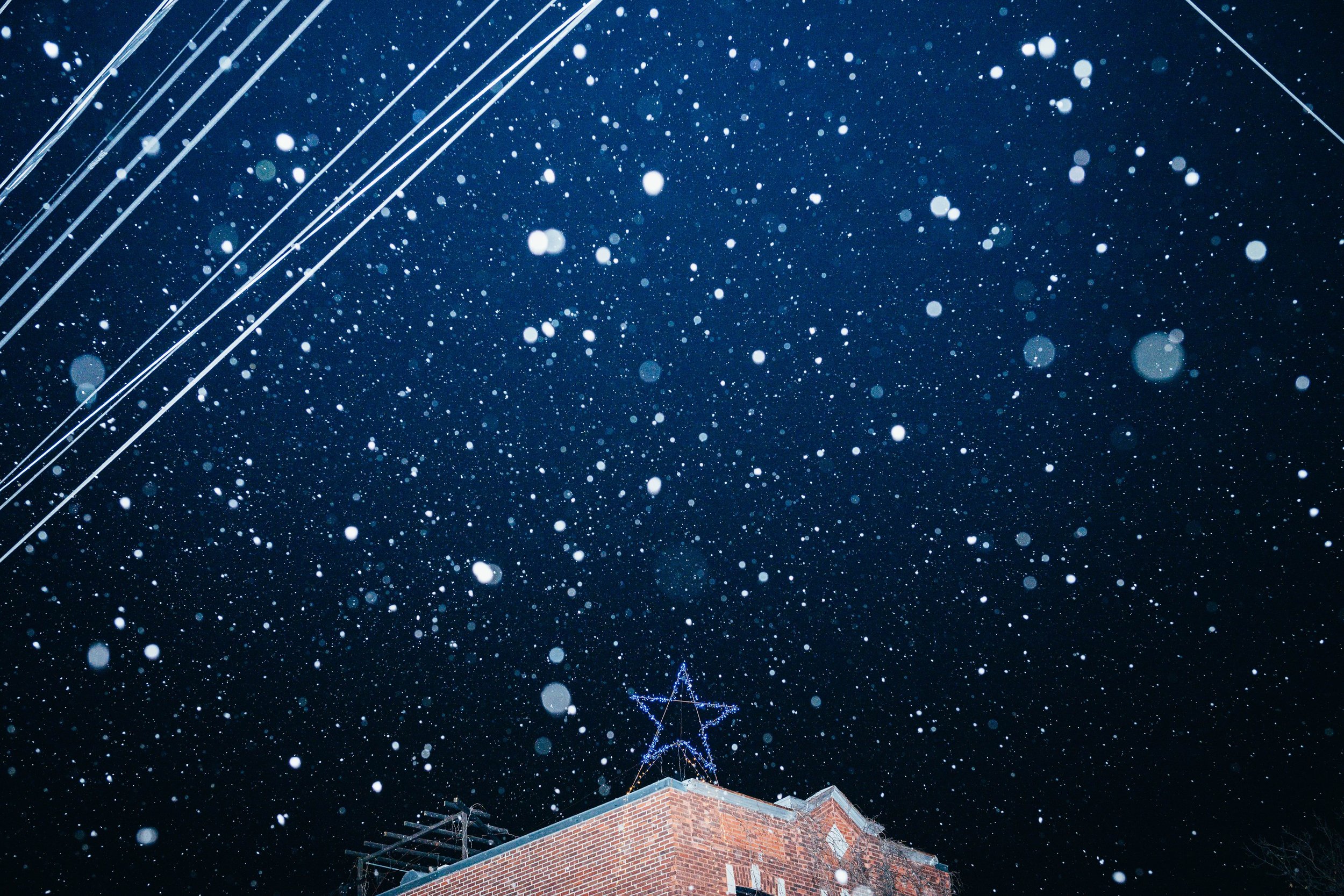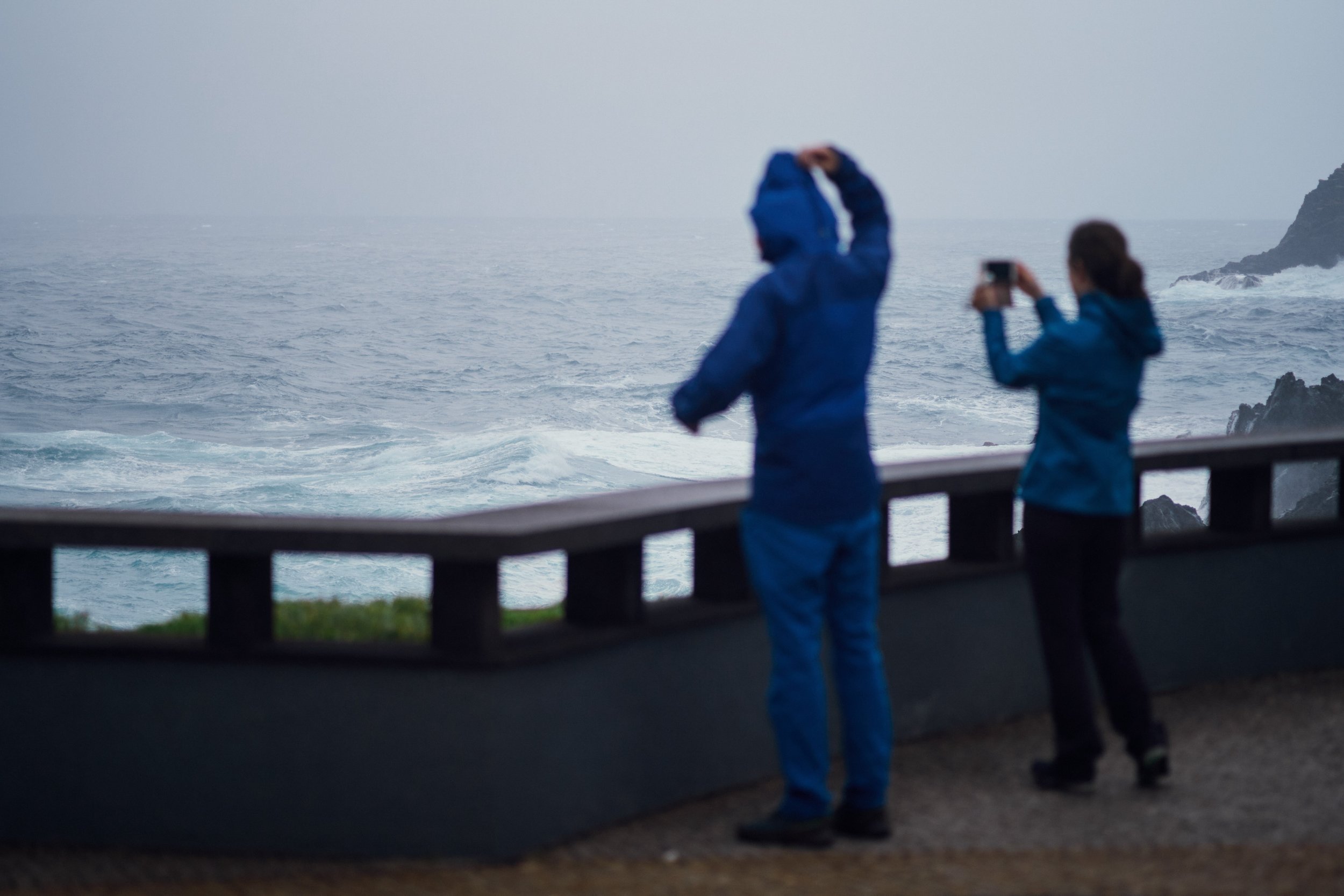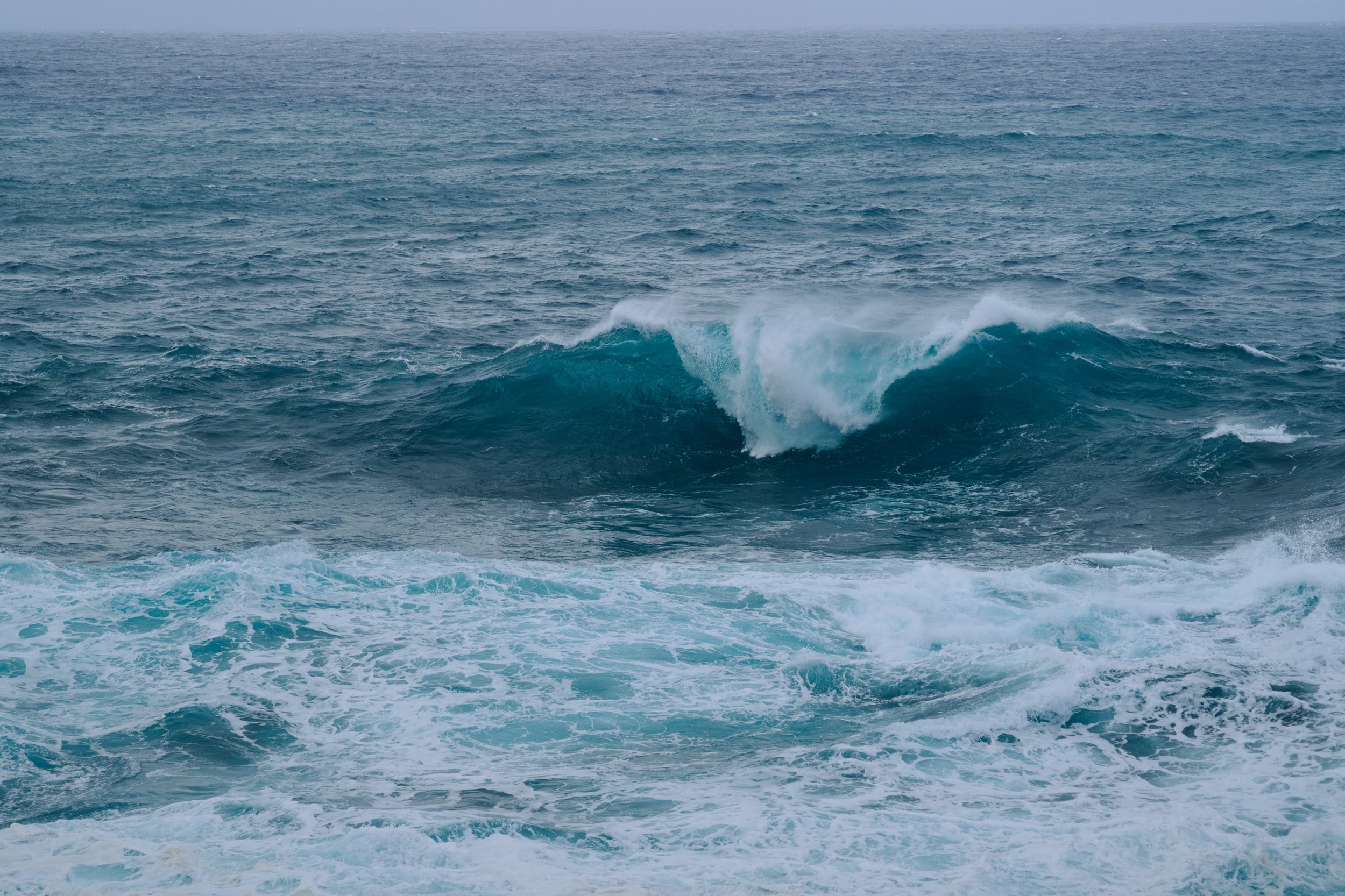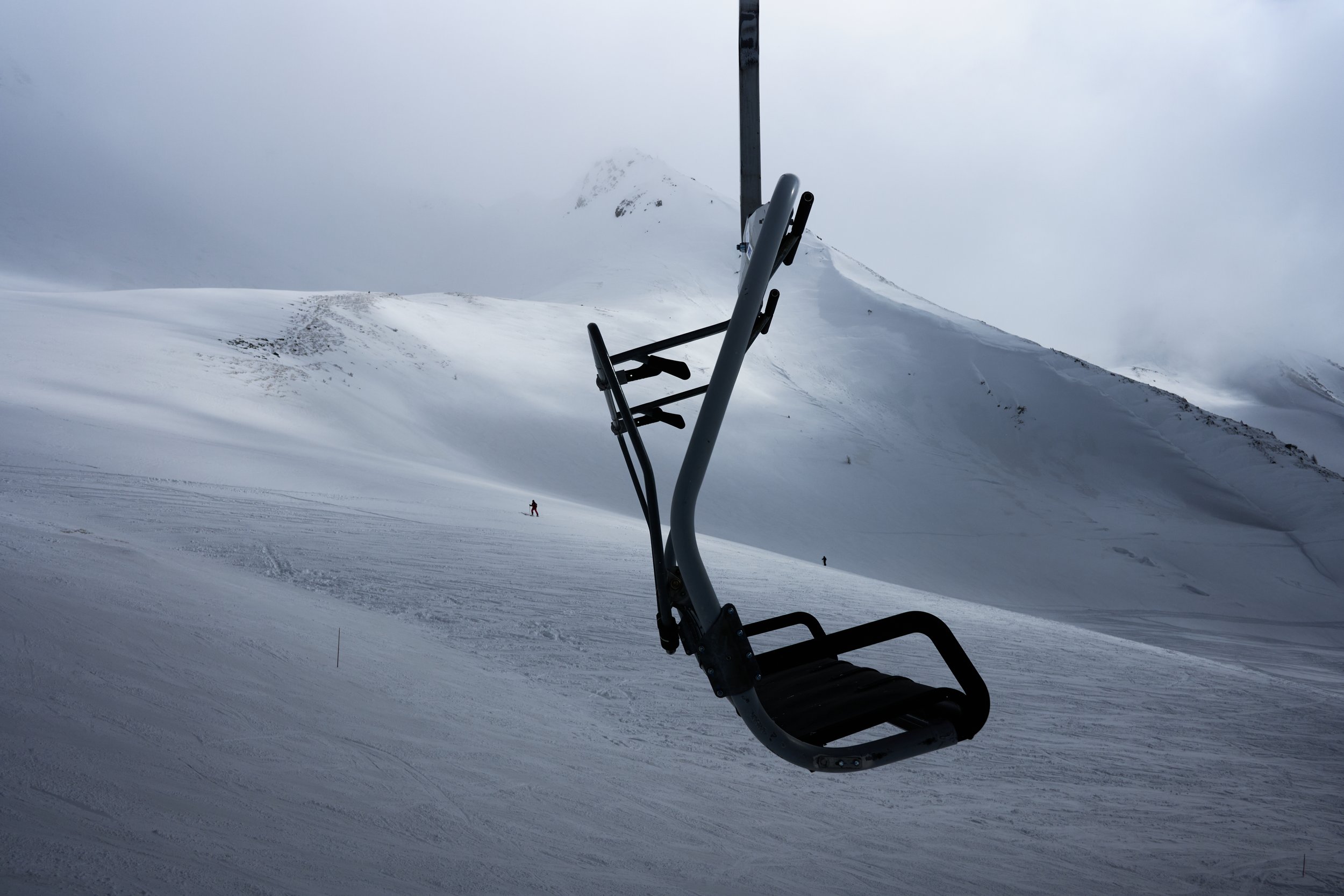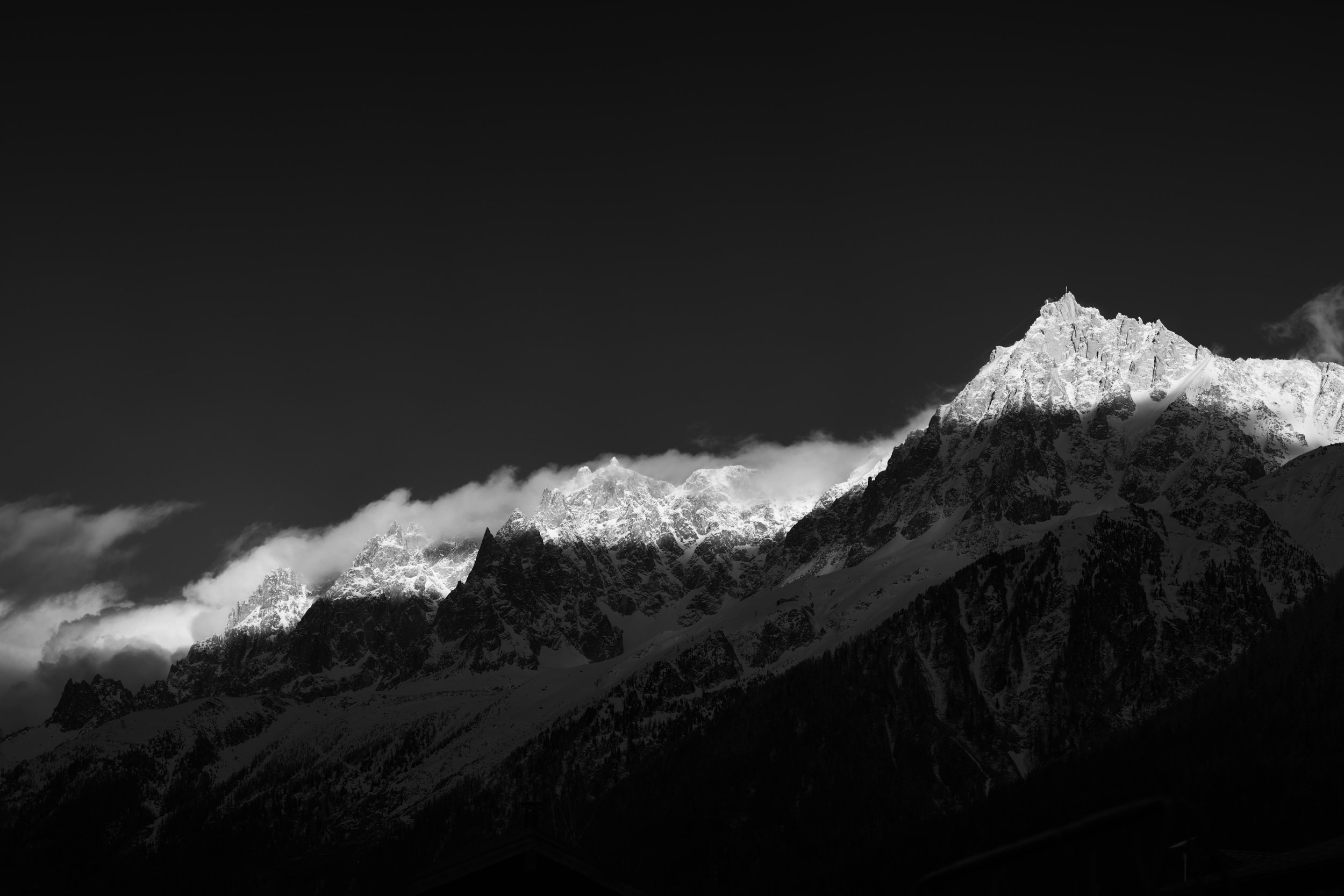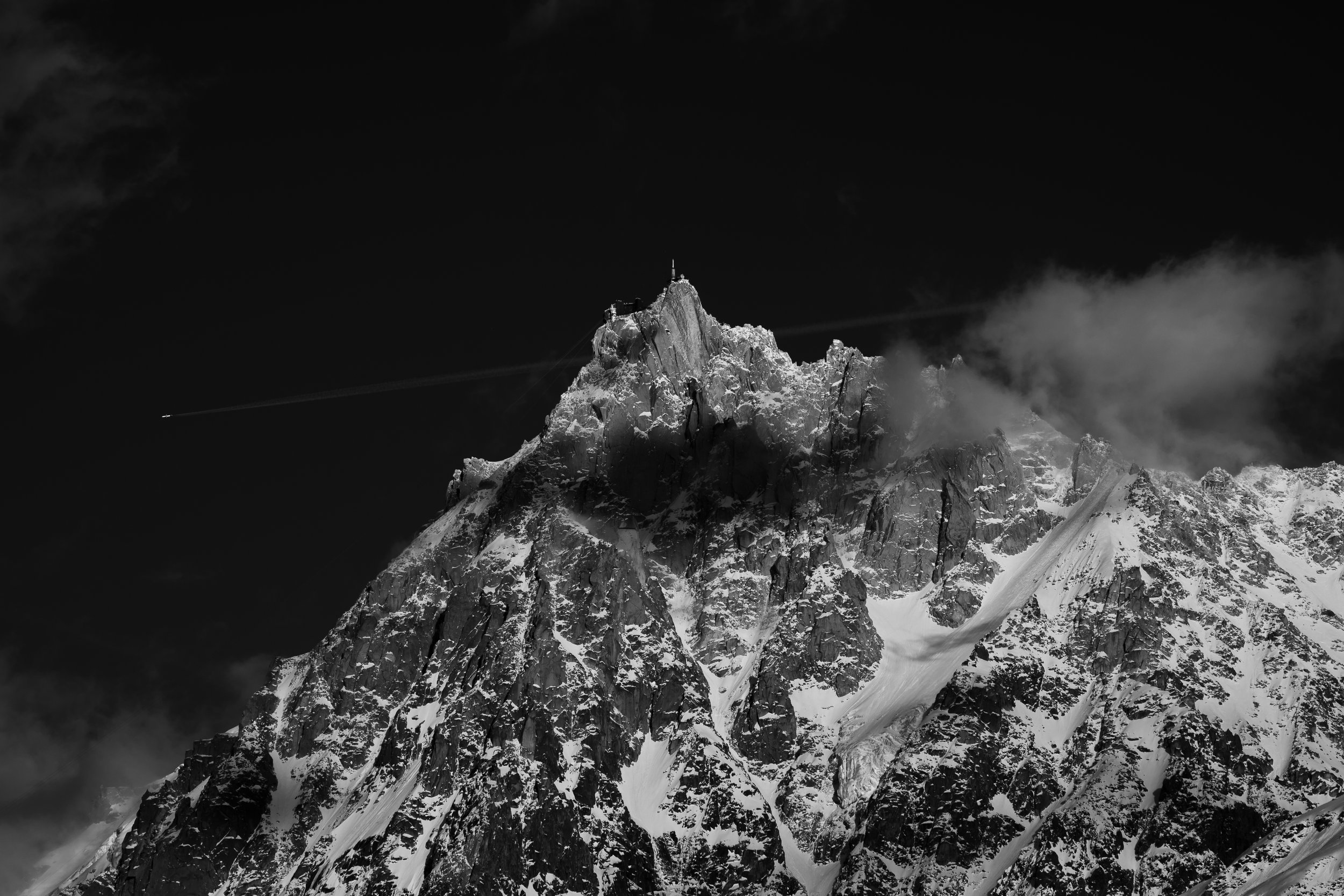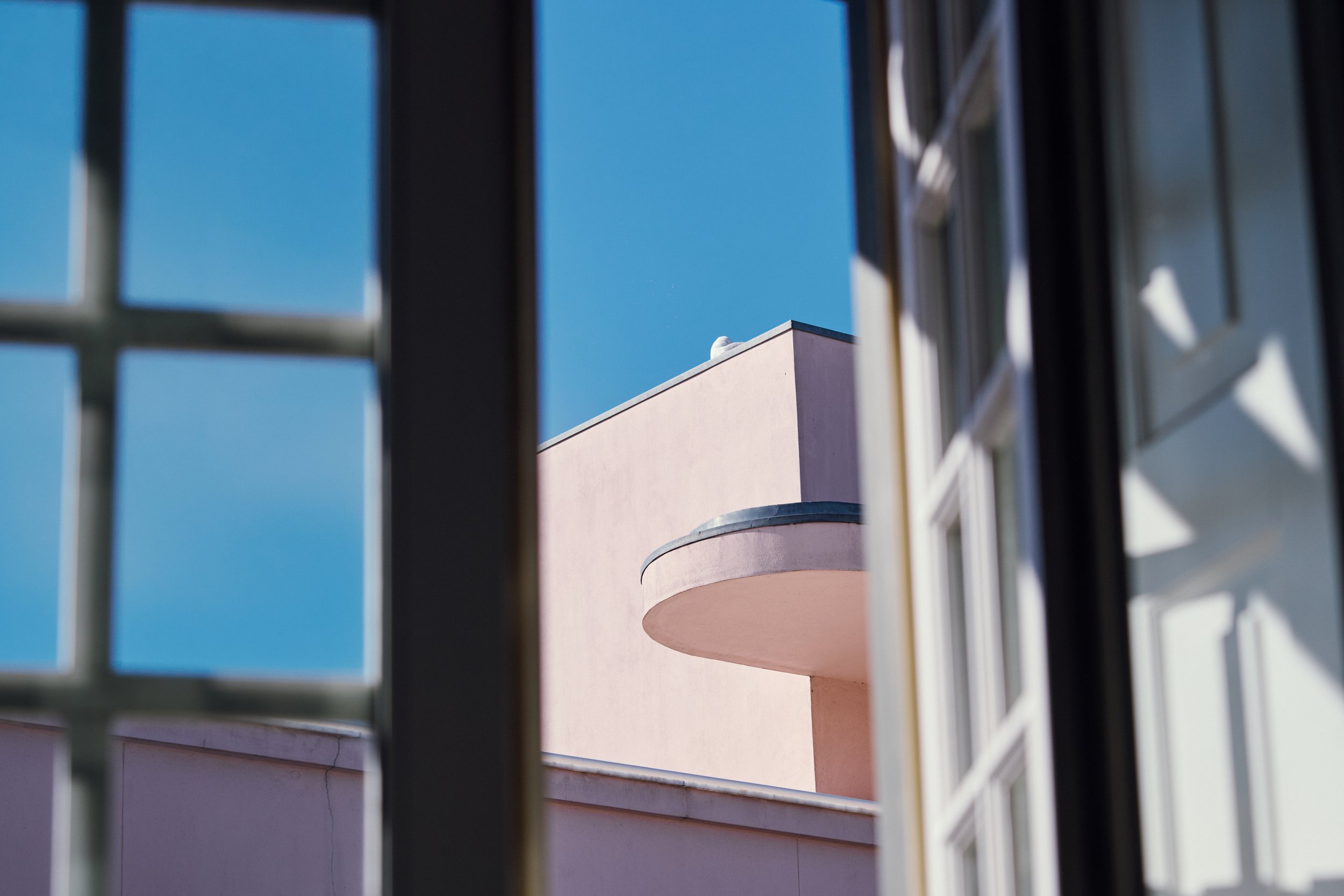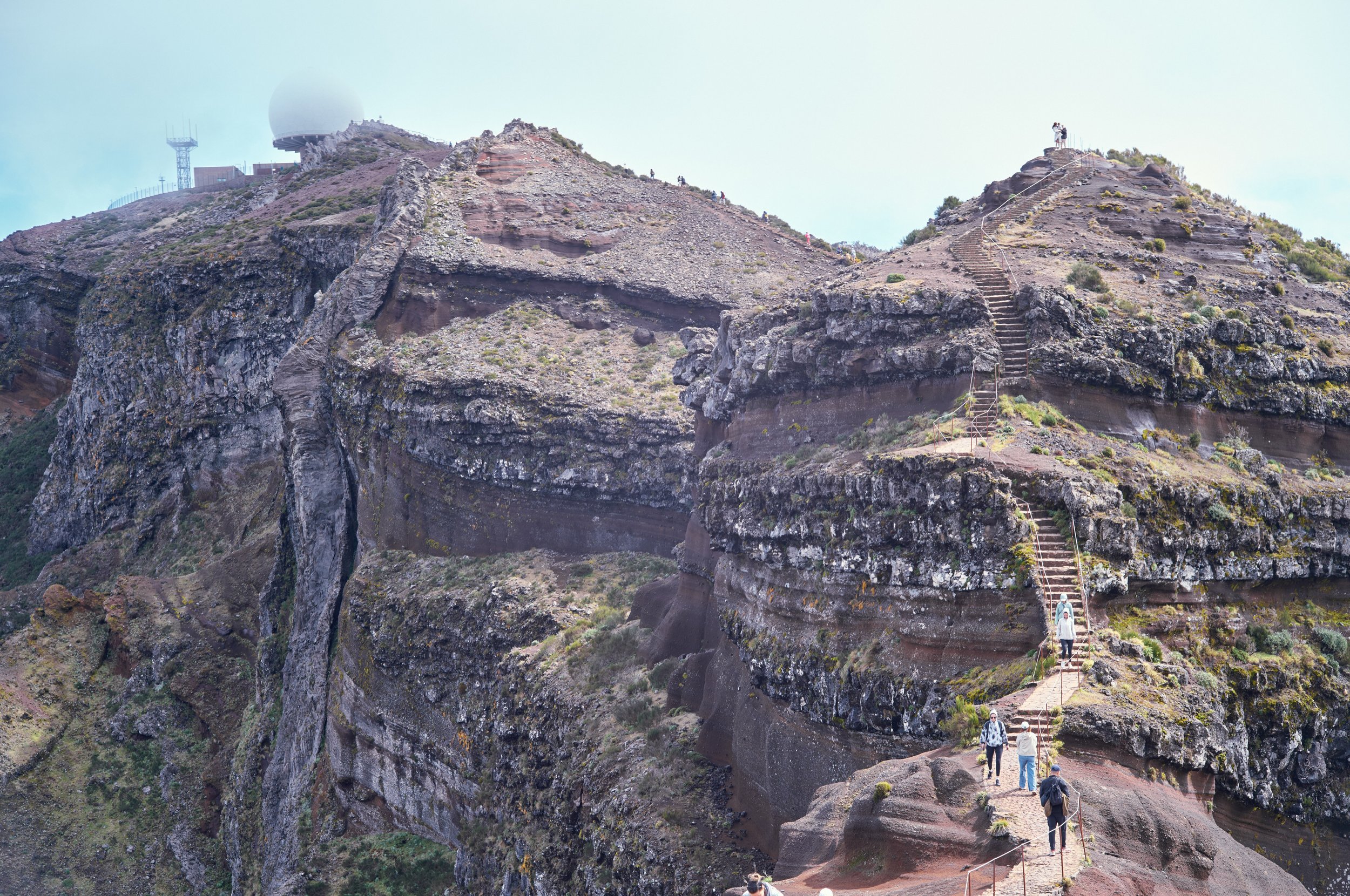Nikon Zf Review
Meet the Nikon Zf: Nikon’s attempt at out-cooling Fujifilm and shedding its “dad camera” brand reputation. Does it succeed, or is it all just retro smoke and mirrors? Read on for all my thoughts.
Fujifilm has been steadfast in its promise never to produce a full-frame camera, and I believe them. As an X Series user for nearly five years, I owned three Fujifilm cameras and 10 lenses. I was Fujifilm’s perfect victim. I love the designs, ergonomics and JPEG colours of its cameras. But there came the point where I wanted that bit more and unfortunately, none of Canon, Sony, Nikon or Panasonic’s full-frame mirrorless cameras felt like compelling options. They’re all fantastic systems, but I wanted the Fujifilm look.
My desire for full-frame sensors led me to make a big decision. I sold my X-T3 and X-T20, plus a collection of lenses. I leapfrogged full-frame systems and committed to Fujifilm’s medium-format GFX 50R, accompanied by a couple of prime lenses. Was this a rational decision? Perhaps not. But it was a choice I made to explore new possibilities in my photography journey. The GFX cameras offer ridiculous image quality, but the size and weight of the system are too much to be an everyday carry option for me. And while the GFX 50R has Fujifilm’s trademark retro look and feel, newer cameras such as the 50Sii and 100ii, with their PSAM dials, feel less like Fujifilm cameras and more like other mirrorless options. Fast-forward three years. Nikon unveiled the Zf in September 2023. I was instantly interested, and by December, I bought one. Here are my thoughts after four months of ownership with specific Nikon Zf vs. Fujifilm framing throughout.
Design
The Nikon Zf is a classy-looking camera. It feels incredibly solid and its weather-sealed magnesium alloy chassis has a reassuring heft. I think it’s the best-looking mirrorless option currently on the market because it reminds me of film cameras from my childhood, resembling a Nikon FE2 from the ‘80s. The Nikon Zf build quality is rather nice too. The metal top plate exudes premium and features brass ISO, shutter speed, and exposure compensation dials. It can also switch between PSAM modes, but I typically keep it in full manual mode. Anyone familiar with X-T or X-Pro cameras will feel familiar when using a Zf but be aware that none of Nikon’s Z-mount lenses have aperture rings. The modern LCD display and plastic buttons slightly detracted from the classic feel, but no more so than any Fujifilm camera. Unfortunately, the bottom plate is plastic, detracting from the premium feel. If you plan on using Nikon’s larger lenses, such as the 135mm F1.8 Plena or 24-70 F.2.8, you’ll want to add an L-Plate grip. The 3,690,000 Dot electronic viewfinder is bright and offers 100% coverage, which makes manual focus easy.
Unfortunately, the two compact prime lenses, a 40mm F/2 and 28mm F/2.8, that come packaged with it are duds in terms of build quality. They’re fully plastic and feel cheap, out of sync with the camera's premium feel. I wish Nikon used metal casings and weather-sealed them with a rubberized gasket. It’s a shame because they’re otherwise pretty nice regarding image quality and autofocus. I haven’t used any other of Nikon’s Z mount lenses, but I hear most of them deliver excellent results. It’s disappointing that none of them, besides the above-mentioned primes, match the aesthetic of the Zf. I’m hoping that Sigma will offer its retro-styled compact F2 primes as options for Z-mount cameras in the near future.
Image Quality
The 24-megapixel sensor and in-body image stabilization (IBIS) system make the Nikon Zf a low-light beast and one of the best options for nighttime photographers. I’ve definitely enjoyed taking late-night photo walks around Montreal and Berlin with the Zf. Nikon says the camera offers eight stops of stabilization, and that corresponds to my experience using it. I’ve easily captured tack-sharp handheld images at 1/4 of a second. Although some people will say 24 megapixels is not enough for a full-frame camera, it offers the advantage of lower ISO noise compared to higher-resolution sensors.
I initially struggled with Nikon’s colour profiles and thought of returning the camera within the 14-day window. I was accustomed to Fujifilm's Classic Chrome and Classic Negative, and adjusting to Nikon's colours took time. I started with some presets in Lightroom to mimic the Fuji look, but gradually, I'm beginning to appreciate Nikon's palette. I also like the improved dynamic range in RAW files compared to Fujifilm X-Trans APS-C files. Overall, the Nikon Zf image quality is fantastic; RAWs are easy and pleasant to edit in Lightroom and Capture One without taking up too much space on the hard drive.
A standout feature of the Zf is its black-and-white mode, which surpasses similar modes in other cameras for several reasons. First, it's conveniently activated with a switch under the right side dial, eliminating the need to navigate menus. This allows for quick toggling on and off, which I found helpful in assessing scenes in black-and-white to enhance composition. Often, elements that seem unobtrusive in colour reveal their distractions when viewed without colour—a benefit I greatly appreciated in the Nikon Zf.
The quality of the black-and-white images produced by the Nikon Zf is nicer than that of many other cameras. While it lacks Fujifilm’s extensive image customization, it offers three selectable modes: standard monochrome, "flat mono," and "deep tone mono." Although these modes show subtle differences and lack customizable profiles, they represent a good starting point. If Nikon wants to compete with Fujifilm in the retro camera market seriously, it should enhance its in-camera presets to include more film-like profiles. I hope Nikon will develop this feature further in future models or as a firmware update for the Zf.
The video capabilities are also quite good—not top-tier, but sufficient for hybrid work. I don’t have much to say here as I don’t record much video, but footage at 4k 30fps looks fantastic to my eyes, and you can record it in 4k 60fps crop mode if you need to.
Autofocus
On the inside, the Nikon Zf features the same 24-megapixel back-side illuminated CMOS sensor as the Nikon Z6 II. It’s a few years old but capable. The autofocus system is outstanding, thanks to the Expeed 7 processor, it incorporates subject recognition from the high-end Z9 and performs with remarkable accuracy. While I haven't photographed sports or wildlife, the system adeptly tracked my friends at a New Year’s Eve party as they moved around, missing focus less frequently than many other cameras I have used.
Regarding speed, the Nikon Zf captures up to 11 frames per second in RAW format and can achieve up to 15 fps when shooting JPEGs. Additionally, it includes a JPEG-only mode that captures images at 30 fps using video, a feature also found in the Z9. While 11 fps will satisfy most users, it may not suffice for capturing wildlife, sports, and other specialized scenarios. I haven’t tested this much, as it’s more than I ever need.
Manual Focus
The Zf excels with vintage lenses or adapters for manual focus lenses like those from Leica or Voigtlander. You can use its excellent manual focus assist feature if you use Voigtlander’s manual focus Z-mount primes, such as its brilliant 40mm f1.2 lens. The precision I've attained with manual focusing on the Zf surpasses any other digital camera experience. In manual focus mode on the Zf, the active focus point serves as an effective focusing aid rather than performing an autofocus function. When the camera is set to single-point AF mode, it provides 273 focus points that cover 89 x 96% of the EVF and LCD screen area. You move the 'active' point to your desired focus area, and the point changes colour from red to green to indicate sharp focus. This straightforward feature significantly enhances the manual focusing process. After buying an adaptor, I’ve had so much fun using vintage Nikon F-mount lenses, such as the 105mm F2.8 and 180mm F2.8 telephoto primes on my Zf, even though I don’t get the green confirmation focus. I also plan to use my Leica lenses on the Zf once I buy an M-to-Z mount adapter. I’m also considering buying the Techart adapter, which adds autofocus capability to manual focus lenses, but at $500, it’s not cheap.
Final Thoughts
I realize I’ve talked a lot about this camera’s specs, but while impressive, they somewhat detract from its main appeal. The Zf is what I’d call an “experience” camera. It’s nostalgic and feels good to use without real compromises, and you’ll want to take it everywhere. It would be my first recommendation to passionate amateurs, enthusiasts and even professionals who want a second body. Circling back to my introduction and reasoning for moving away from X Series APS-C cameras, I think Fujifilm ought to be worried about the Zf. Many users like me appreciate full-frame cameras but keep using X Series cameras for their styling and colours. If Nikon continues to develop the Zf line, it could tap into a lucrative and growing market for high-quality retro-inspired cameras. Overall, I’m very happy with my Nikon Zf and plan to use it for professional and personal work alongside my Leica M11 for the foreseeable future.
